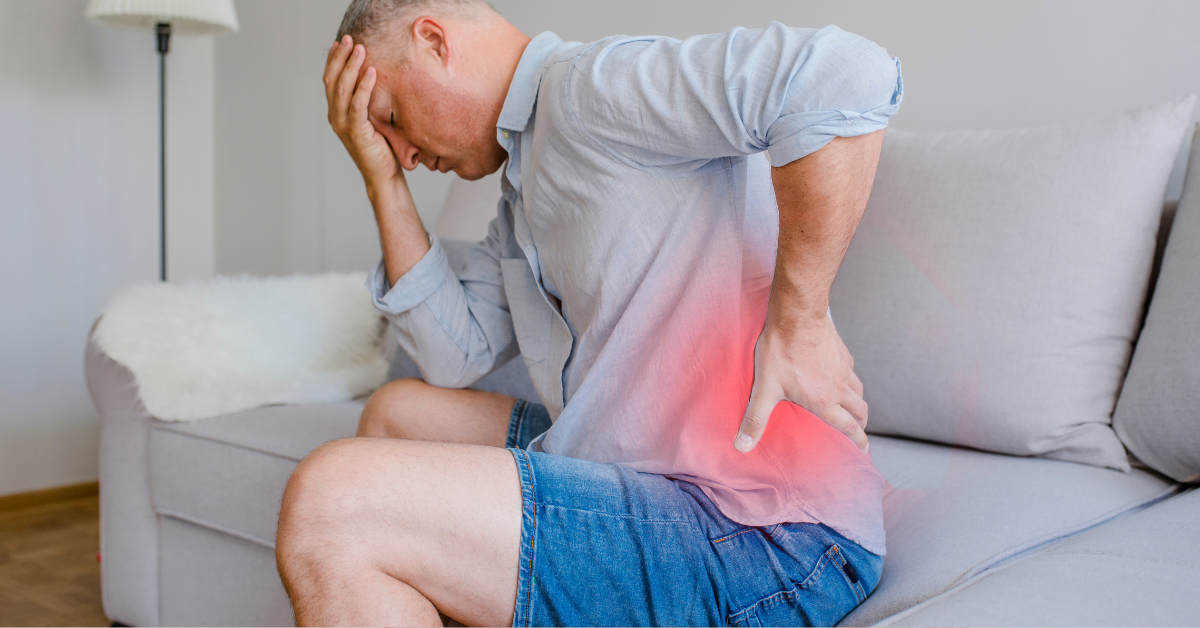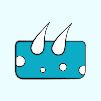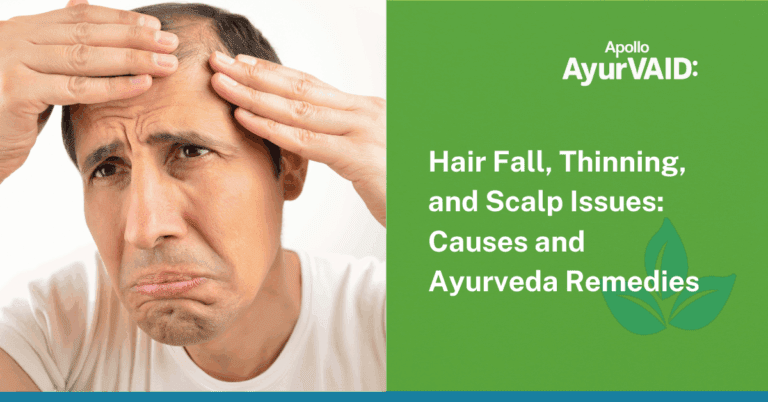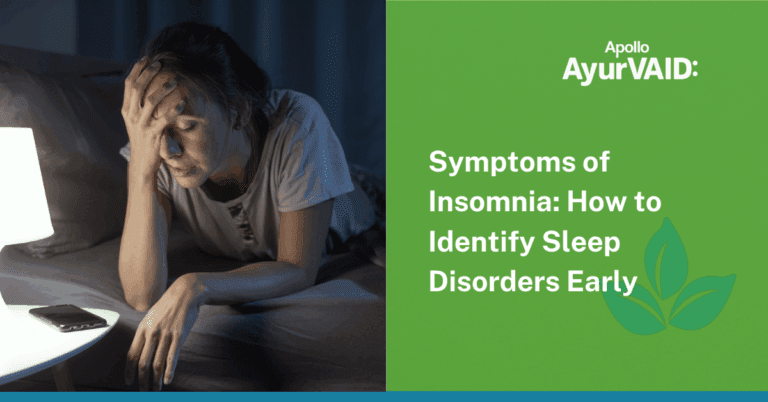
Web Stories
Step Into the Story: Explore Now
Introduction
Back pain is one of the most common health problems experienced by people, regardless of their age or social background. Eight out of ten people develop back pain, where the discomfort varies from a minor irritation to a painful condition. The causes of backache include bad posture, improper lifting or carrying of objects, sedentary lifestyles, stress, traumas, excess weight, or diseases such as arthritis and slipped discs.
According to Ayurveda, back pain is often linked to an imbalance in the Vata dosha, the energy responsible for movement and functioning of the nervous system. Ayurveda for back pain offers comprehensive solutions to this common symptom. The treatments aim to restore dosha balance, strengthen the back muscles and spine, enhance flexibility, and address the root cause to prevent future episodes. Even chronic pain that has not responded to conventional treatments can find relief through Ayurveda’s personalized approach, which combines therapies and lifestyle adjustments for optimal results.
Whether you’re seeking a targeted lumbar spine treatment in Ayurveda or a broader Ayurvedic remedy for back pain, the methods discussed in this blog focus on lasting relief by addressing the root causes and offering effective solutions for long-term wellness.
Causes of Back Pain
- Poor Posture:
- Sitting or standing with improper posture can strain the muscles and ligaments in the back, leading to pain.
- Muscle Strain:
- Overuse, lifting heavy objects improperly, or sudden movements can strain the muscles and ligaments in the back.
- Herniated or Bulging Discs:
- Discs in the spine can press on nerves when they bulge or herniate, causing pain that may radiate to other areas of the body, such as the legs (sciatica).
- Degenerative Disc Disease:
- As we age, the discs between the vertebrae can wear down, causing pain and stiffness in the back.
- Osteoarthritis:
- The wear and tear of joints over time can lead to arthritis in the spine, causing pain and restricted movement.
- Spondylolisthesis:
- A condition in which one vertebra slips over another, causing lower back pain and nerve compression.
Symptoms of Back Pain
- Localized Pain
- Pain is felt in a specific area of the back (lower back, mid-back, or upper back) and can vary from mild discomfort to severe, sharp pain.
- Stiffness
- Difficulty in moving or bending due to tightness in the muscles or joints of the back.
- Radiating Pain
- Pain that travels down the legs (common with conditions like sciatica) or up to the shoulders, often indicating nerve involvement.
- Muscle Spasms
- Sudden, involuntary contractions of the back muscles that cause sharp, intense pain.
- Numbness or Tingling
- A sensation of “pins and needles” in the back or legs, indicating nerve irritation or compression.
- Weakness in the Legs
- Weakness or heaviness in the legs, often when standing or walking, which can result from severe back issues.

Ayurveda for Back Pain
According to Ayurveda, Gridhrasi and Kati Shoola are the 2 conditions that have low back pain as the main symptom. Gridhrasi is a condition similar to sciatica. The patient experiences radiating pain from the buttock to the leg, along with lower back pain. Kati Shoola is nonspecific low back pain with tension and stiffness in the region. The treatment modalities vary as per the condition and the focus of treatment is to restore dosha balance and correct the root cause. Given below are the 6 most effective Ayurveda treatments that can be administered for back pain.
1. Snehana
Internal and external oleation therapies are administered to reduce lower back pain and address systemic and localized symptoms.
Internal Snehana means oral administration of medicated ghee or oils, usually in the morning on an empty stomach, to lubricate internal tissues and joints and clear off the toxins. The duration and dosages depend upon the constitution of the person. Plain or medicated ghee is commonly used.
External Snehana, medicated oil application to the affected region includes Abhyanga (oil therapy), Kati Vasti (retention of oil over the back), and Pichu (applying cloth dipped in medicated oil over the back). These treatments often involve the application of heat or steam, which helps reduce pain and inflammation, improve flexibility and muscle relaxation, enhance blood circulation, promote tissue healing, and alleviate stiffness and spasms. However, it must be administered under proper guidance and tailored protocol according to the constitution and severity of the condition. It is not to be administered in acute inflammation and is generally followed by Swedana for better results.
2. Swedana
Swedana, or sudation therapy, is an effective method for managing low back pain. The process involves carrying medicated steam through tubes or pipes to the lower back usually following oil application. It gives deeper tissue penetration and alleviates pain. Below are some of the types that can be administered –
- Pinda Swedana: Medicinal poultices are heated and used for fomentation. This method lasts for about 30-45 minutes.
- Avagaha Swedana: Involves a tub bath over the lower back region for 15-20 minutes.
- Bashpa Swedana: A procedure where a steam chamber is used with a full or partial body exposed to steam (at a controlled temperature) for fomentation.
These therapies decrease muscle stiffness, increase circulation, reduce pain and inflammation, increase tissue healing, provide better flexibility, and relieve spasms. These are to be taken after proper oil therapy. It should be prescribed by an Ayurveda physician and administered by a trained therapist. The choice of modality depends on the condition’s severity.
3. Kati Vasti
A unique lumbar spine treatment in Ayurveda that employs warm medicated oil pooled in a dough ring on the lower back for a duration of 30 to 45 minutes. The heat and properties of medicinal oil reduce inflammation and pain, improve blood flow, relax tight muscles, decrease stiffness, and provide a healing effect. This can be supplemented with other treatments for maximum effectiveness. Nevertheless, it is advised to consult a qualified Ayurveda practitioner before beginning any new treatment for back pain.

4. Taila or Kashaya Dhara
Taila Dhara and Kashaya Dhara are two effective Ayurvedic remedies for back pain. In taila dhara, the continuous pouring of warm medicated oil is done on the lower back for 30-45 minutes, which is performed after abhyanga. The oil penetrates much into tissues, relaxes the muscles, reduces pain, enhances circulation, and stimulates the nerve. This modality is more beneficial in pain arising due to degenerative conditions of the lower back (Lumbar Spondylosis, degenerative disk disease, etc).
Kashaya Dhara involves a stream of hot herbal decoction, prepared from specific therapeutic herbs, made to flow continuously. This treatment is performed for 30-45 minutes. Benefits include anti-inflammatory effects, alleviation of pain, relaxation of muscles, improved circulation, reduced stiffness, and accelerated healing. Pain in the lower back due to inflammation (for example, Ankylosing spondylitis, Reactive Arthritis) responds quite well to this treatment.
Based on the severity of the condition, one may need multiple sessions, combined with other therapies for best efficacy.
5. Virechana
Virechana is purgation therapy comprising of certain pre procedures deepana-pachana (Digestive and Metabolic Therapy), internal snehapana (Internal Oleation), external snehana (external oleation), and Swedana (Sudation). Specific purgative medicine is administered and the patient is monitored on an empty stomach. Special diet protocol and gradual return to normal diet, rest, minimal physical activity, and dietary restrictions are all part of post-procedure care.
The beneficial effects are detoxification from accumulated toxins, reduced inflammation, Vata dosha balancing, facilitated digestion, and long-term relief. On the other hand, this is not indicated when there is acute inflammation, severe loss of water in the body, pregnancy, menstruation, and some chronic conditions.
6. Vasti
Vasti Chikitsa is an integral Ayurveda treatment for Vata disorders including lower back pain. Medicated enemas are administered through the rectum, which detoxifies the body, balances Vata dosha, reduces pain, and improves the functional outcome. Niruha Vasti and Matr Vasti are administered based on the requirements of the patient. However, Vasti is contraindicated in cases of acute infections, severe dehydration, pregnancy, heart or kidney conditions, or recent abdominal or pelvic surgery.
Contraindications
Though the therapies mentioned are relatively safe, it is best avoided in the following conditions to prevent complications.
- Absolute contraindications include acute spine inflammation, active infections, open wounds, recent spinal surgery, bleeding disorders, and malignancy.
- Relative contraindications include high fever, severe hypertension, skin conditions, pregnancy, kidney conditions, and vascular conditions.
- Special conta indications include diabetes, sensitive skin, elderly patients, convulsions, obesity, recent spine fractures, and scoliosis. These treatments should be avoided during menstruation, extreme fatigue, and heavy meals.
Conclusion
Ayurveda and back pain management go hand in hand, offering natural and effective solutions for acute and chronic conditions. By following these traditional treatments and making appropriate lifestyle changes, significant relief from back pain can be achieved. Remember to consult a qualified Ayurveda practitioner before starting any treatment regimen to ensure its effectiveness and prevent complications.
References
- Verma, A K (2024). EXPLORING AYURVEDIC APPROACHES TO LOW BACK PAIN: A COMPREHENSIVE REVIEW. International Journal of Advanced Research. https://doi.org/10.21474/ijar01/18540
- Kavita, K et al. (2021). PAIN MANAGEMENT IN KATISHOOLA: A CASE STUDY. International Ayurvedic Medical Journal. https://doi.org/10.46607/iamj4509112021
- Hembram, D D K et al. (2024). A REVIEW ARTICLE ON AETIOPATHOLOGICAL STUDY OF KATIGRAHA (LOW BACK ACHE) EPRA International Journal of Multidisciplinary Research (IJMR) https://doi.org/10.36713/epra18287
- Verma, P et al. (2024). Approach and Management Strategies for Radicular Low Back Pain in Ayurveda: The Classical and Emerging Methods. International Journal of Life Science and Pharma Research. https://doi.org/10.22376/ijlpr.2024.14.2.l1-l7
K.V, K et al. (2024). - AYURVEDIC MANAGEMENT OF CHRONIC NON-SPECIFIC LOW BACK PAIN W.S.R KATI SHOOLA – A CASE REPORT. International Ayurvedic Medical Journal. https://doi.org/10.46607/iamj2412052024






